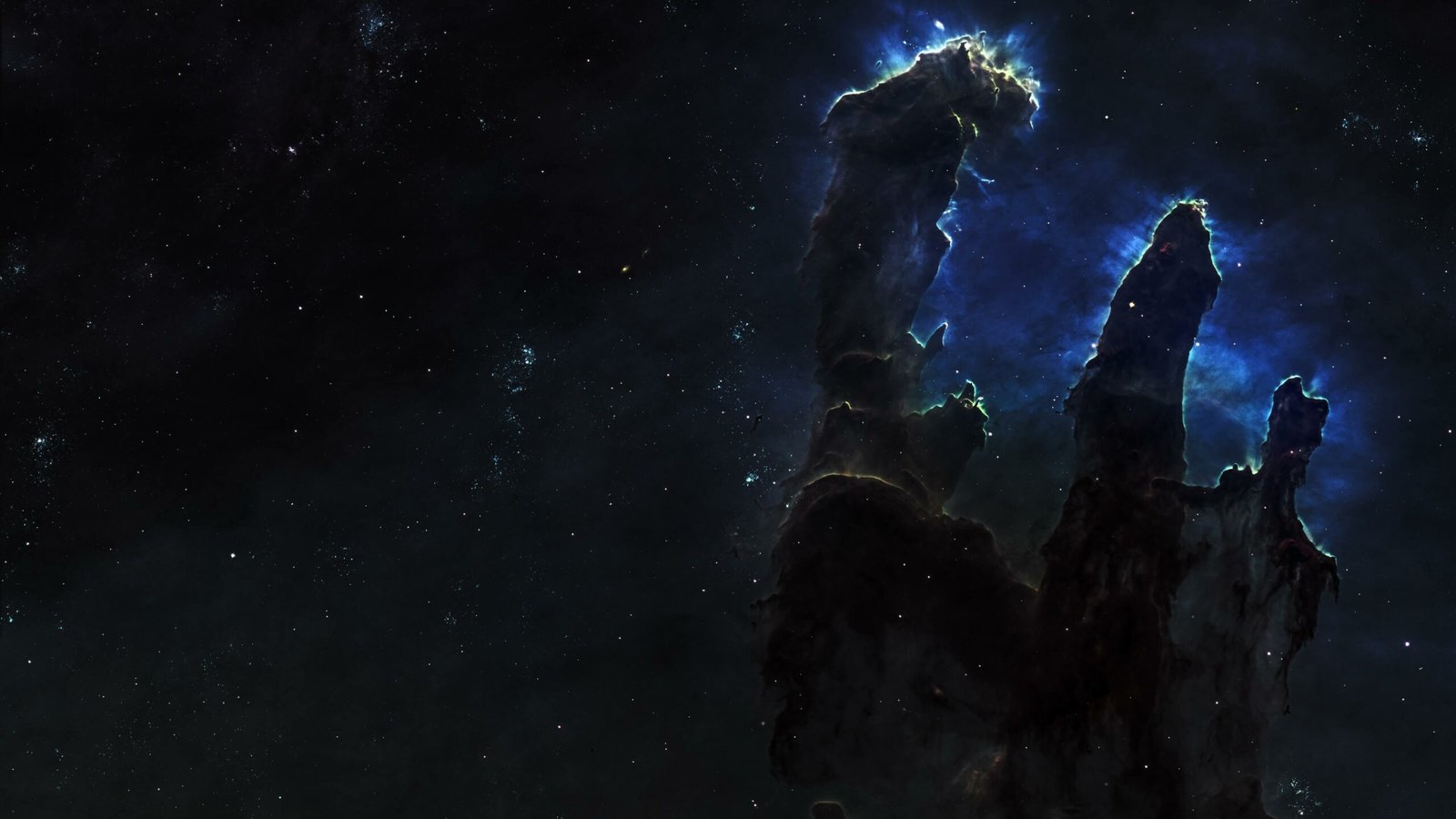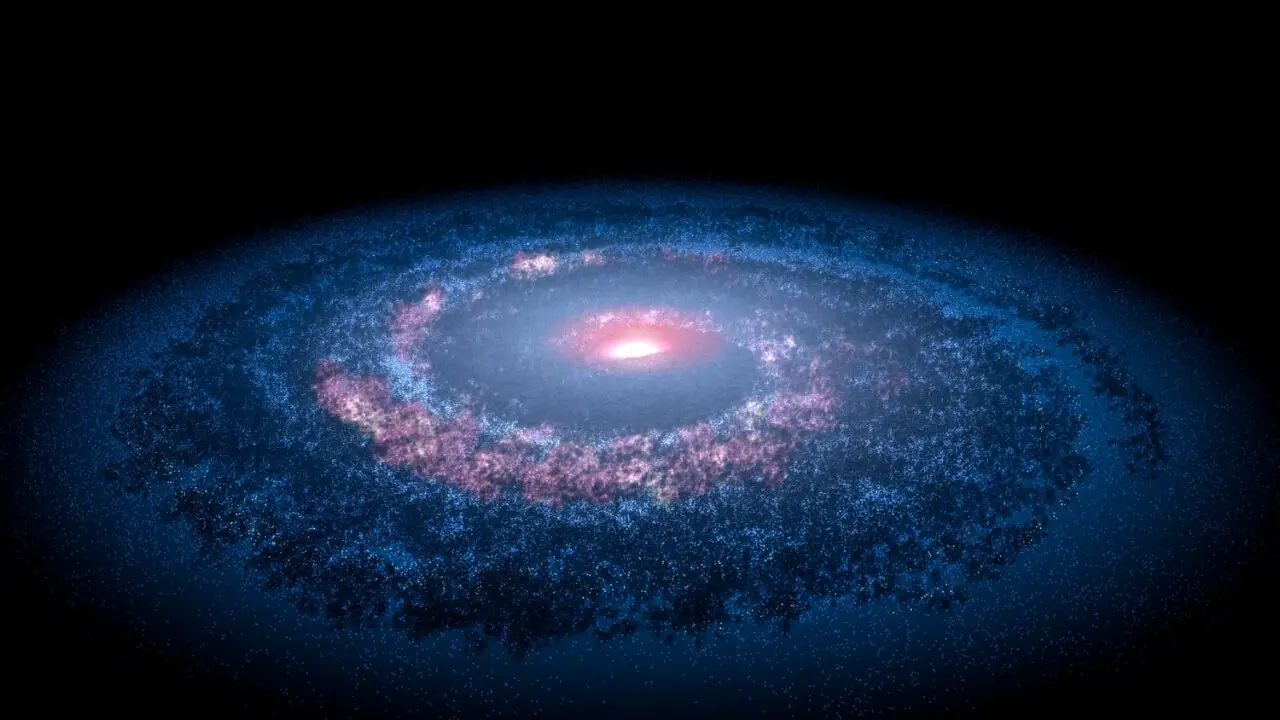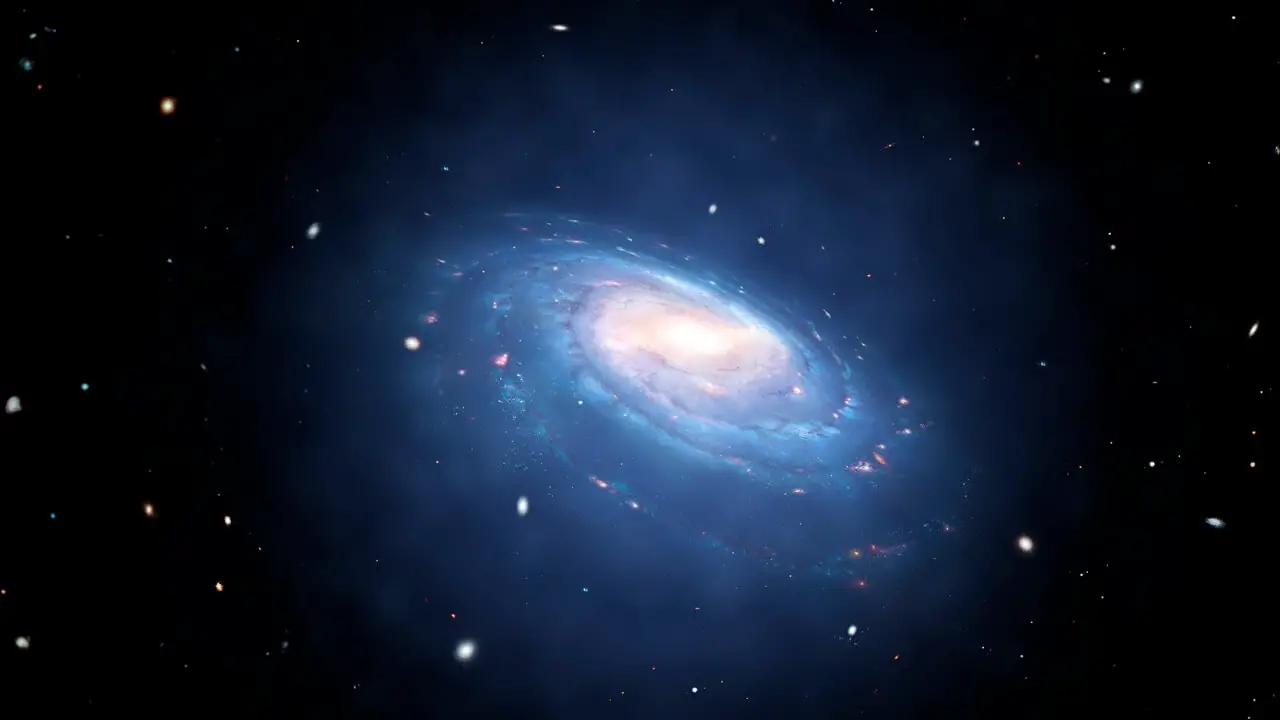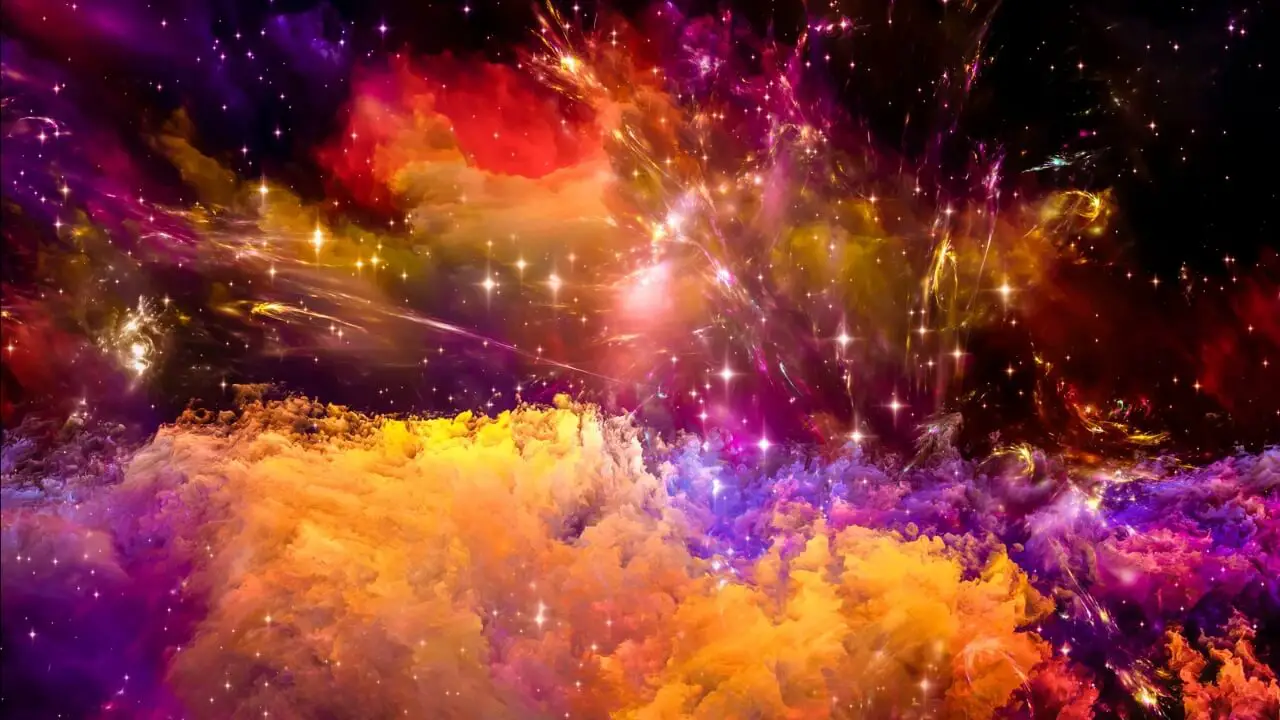The universe is simply everything, including space, all matter, energy, time, and even us. Our planet Earth, the moon, other planets and their moons, the sun, and the Milky Way galaxy are part of the universe. The Milky Way galaxy is one of the billions of galaxies in the observable universe.
Supermassive black holes are believed to exist at the centers of all galaxies, including our Milky Way. So all the galaxies and their stuff, like stars, exoplanets, asteroids, comets, and black holes that astronomers can not even observe are part of the universe. The universe is believed to be made up of a variety of components, including matter and energy. Here we gathered information about what the universe is made of.
What Is The Universe Made Of?
The universe is believed to be made of three types of substances; ordinary or normal matter, dark matter, and dark energy.
1. Ordinary or Normal Matter
Ordinary matter is the building block of the observable universe. It makes up all the things we see, such as rocks, oceans and rivers, plants, animals, humans, and everything we observe or detect with telescopes, such as stars, asteroids, planets, and galaxies. It also includes the gasses in our atmosphere (oxygen and nitrogen) that are vital for life on earth.
Ordinary matter consists of atoms, molecules, and ions. Atoms consist of electrons, protons, and neutrones. Hydrogen is the simplest of all the atomic elements and consists of only a proton and an electron. Two or more atoms share their electrons and form a molecule. If we look at a cosmic dust particle, it consists of many trillions of atoms together.
An asteroid consists of carbon, oxygen, silica, ice, and some other metals squashed together. While a Sun-like star consists of 333,000 earth masses of hydrogen and helium together. All the galaxies, stars, planets, moons, asteroids, comets, and meteorites are the collections of ordinary matter that show different properties from each other but obey the same natural laws.
The number of stars in the Milky Way Galaxy (where our Solar System and our planet Earth exists) are estimated as at least 100 billion. There are at least another 100 billion galaxies in the observable universe. If all the galaxies, including the Milky Way, have the same size and the same number of stars, then the total number of stars in the observable universe would be 10 thousand billion billion or 10 sextillion.
The ordinary or normal matter makes up only about 5% of all the universe’s mass. While stars in all the galaxies across the universe account for only about 7% of the total ordinary matter.
🔬 Subscribe to SciMail
Get the latest science discoveries straight to your inbox!
The cold and hot interstellar gasses (the gasses that fill the space between stars and are primarily composed of hydrogen in its natural form) account for approximately 1.8% and 5% respectively. While the high-temperature plasma gas that fills the galaxy clusters accounts for only about 4% of the total ordinary matter.
2. Dark Matter
Dark matter is a mysterious and invisible form of matter in the universe. Scientists estimated that dark matter makes up about 27% of all the universe’s mass. The existence of dark matter is perceived from its gravitational attraction. It is called “dark” because it can not emit, reflect, or absorb any electromagnetic radiation and so is difficult to see or detect.
Also Read: Where is dark matter found?
Initially, the dark matter was known as the “missing mass”. Scientists hypothesized dark matter as being responsible for the formation and evolution of galaxies, stars, planets, and other astronomical objects. It is also believed that dark matter may be the cause of unexplained movements of stars within galaxies.

Scientists have proposed many theories to explain the exact nature of dark matter. Some consider that it may be normal objects like cold gasses, dark galaxies, or MACHOs (massive astrophysical compact halo objects, which would include black holes, neutron stars, and brown dwarfs).
Others believe that it may consist of strange particles produced in the very early universe, such as axions, neutrions, and weakly interacting massive particles (WIMPs). It is important to understand dark matter, because without it we can not understand the exact size, shape, and future of the universe.
3. Dark Energy
Dark energy is a mysterious unknown form of energy, which is believed to be the cause of accelerated expansion in the universe. It makes up approximately 68% of the total matter-energy content of the universe. The exact nature of dark energy is still a mystery.
Scientists believe that dark energy could be related to a property known as vacuum energy (or zero-point field) or it may be a form of quintessence. These properties describe how empty space in the universe can still contain some levels of potential and kinetic energies even when it appears completely vacant. Scientists are working hard to understand this mysterious force better.





Leave a Reply